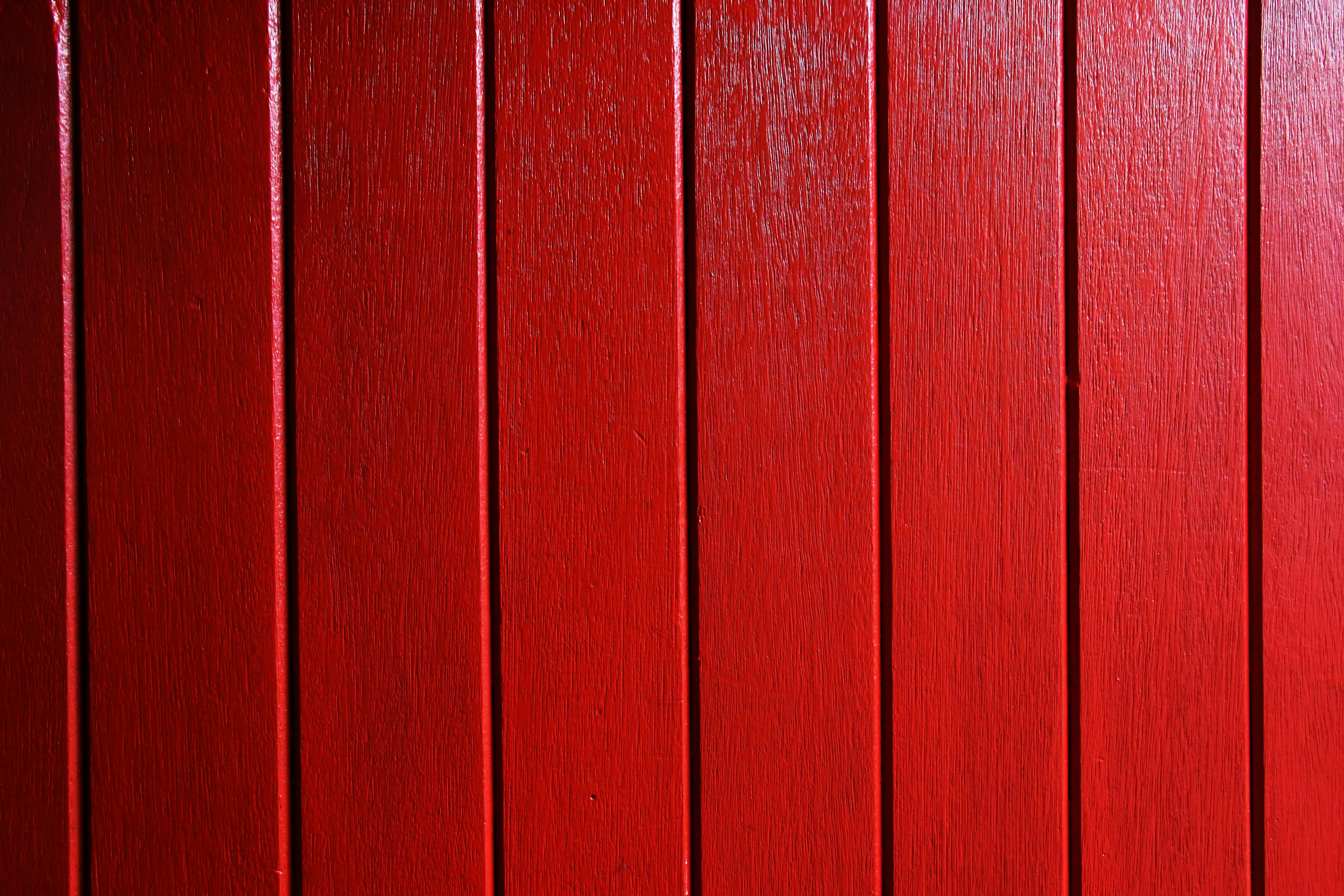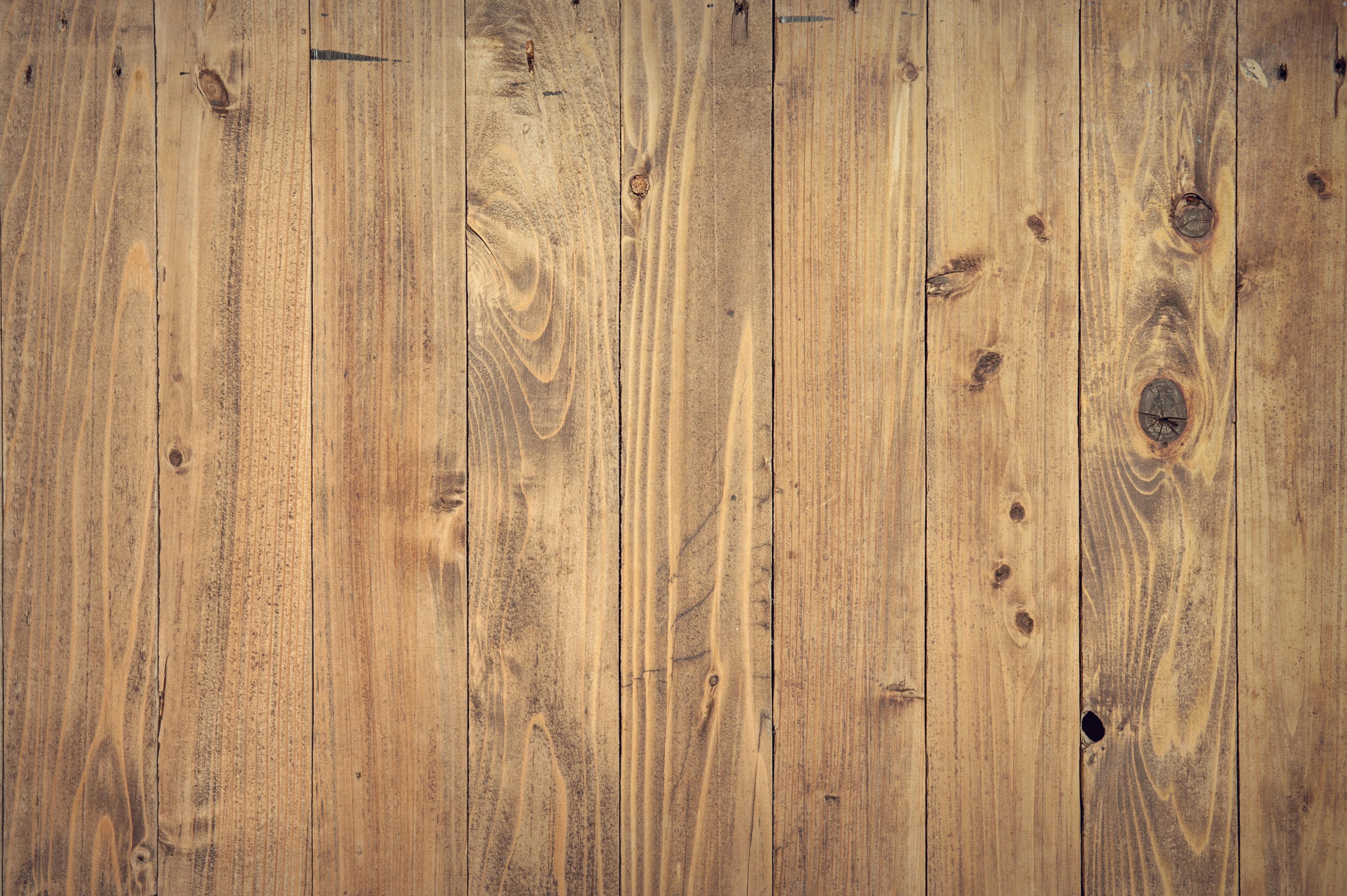You’re about to embark on a fascinating exploration, learning the amazing resilience of solar panels under the wrath of tempestuous weather. As an insightful reader, you would certainly be interested to know if a significant investment, like solar panels, can withstand the ravages of Mother Nature. Guided by facts and genuine testimonies, this article “How Well Can Solar Panels Survive a Storm?” brims with compelling information, exposing the reality of solar panels’ survivability against the test of violent storms. Rest assured, by the end of your read, you will gain a well-rounded understanding of this intriguing subject.

Understanding Solar Panels
Taking the right step and opting for solar energy is a fantastic alternative to traditional energy sources. Solar panels are a pivotal component when it comes to harnessing solar energy.
Materials used in solar panels
The core materials used in the construction of a solar panel majorly include silicon cells, metal framing, glass casing, and various wiring to allow current to flow from the silicon. Silicon, a semi-conductive material, is extremely vital as it helps facilitate the conversion of sunlight into electricity.
How solar panels work
Without getting overly technical, solar panels work by allowing particles of light (photons) to free electrons from atoms, thus generating a flow of electricity. This process, known as the “photovoltaic effect,” is the crux of how a solar panel functions.
Types of solar panels
When it comes to types, you have primarily three options – monocrystalline, polycrystalline, and thin-film. Each type differs in efficiency, appearance, cost, and the technology they use to absorb and convert sunlight into electricity.
Factors Affecting Solar Panel Durability
While the durability of a solar panel is crucial, several factors can affect it.
Quality of the solar panel materials
The quality of the materials used in a solar panel can significantly affect its longevity. High-quality materials tend to offer a better guarantee of long-term outputs and withstand harsh climates.
Installation and mounting techniques
Installation is crucial – a poorly installed solar panel may not only perform poorly but also be vulnerable to damage. Professional installation, positioned and mounted correctly, can go a long way towards maximizing the lifespan of your solar panel.
Maintenance of the solar panels
Finally, maintenance plays a significant role in solar panel durability. Regular monitoring, cleaning off dust, or removing snow during winters can help keep your solar panels functioning optimally.
Types of Storms
Although solar panels are built to withstand the natural elements, certain severe weather conditions can potentially cause damage.
Rainstorms
Rainstorms, characterized by heavy rainfall, are generally less worrisome for solar panel owners. In fact, they can often help clean the panels. However, accompanied with high winds or hail, they can pose a threat.
Snowstorms
Snowstorms can be a concern should the snowfall be heavy enough to cover your solar panels, affecting their efficiency.
Hailstorms
Hailstorms too are challengers. Depending on the size of hail and velocity, the impact can potentially cause damage to solar panels.
Windstorms
High-speed windstorms can cause windborne debris to strike solar panels—posing potentially serious damage.
Hurricanes and cyclones
These can be substantially devastating, their high-speed winds and heavy rainfall can cause a lot of damage to your solar panels if they are not adequately secured and protected.
Solar Panels and Rain Storms
Rainstorms are typically harmless to solar panels. In fact, they can be beneficial in some ways.
How rain can affect solar panel efficiency
Rain is a natural solar panel cleaner. It washes off dust and debris, thereby improving the panel’s solar intake efficiency.
Rainstorm damage to solar panels
While rain does not generally damage solar panels, a rainstorm accompanied by high winds or hail can prove harm.
Protecting solar panels from rainstorms
You should secure loose components before a storm to safeguard your panels. Moreover, professional installation goes a long way in assuring your solar panel’s durability during rains.

Solar Panels and Windstorms
High-speed winds do pose a threat to solar panels due to the potential for windborne debris.
Potential windstorm damage to solar panels.
High-velocity winds can pick up and hurl debris, which can potentially lead to extensive damage.
Wind speeds and solar panel resilience
Solar panels are designed to withstand typical wind speeds. Yet, anything beyond ordinary gusts may pose a threat.
Protecting solar panels from windstorms.
Keeping surrounding trees pruned and debris-free can help limit potential damages. Secured and sturdy installation is also a good preventive measure.
Solar Panels and Snowstorms
Snowstorms can affect solar panel efficiency, though damage is unlikely.
Snow coverage and solar panel efficiency
Heavy snowfall can cover solar panels, preventing them from absorbing solar energy, hence reducing their efficiency.
Potential snowstorm damage to solar panels
Damage to solar panels from snow is relatively uncommon, primarily because snow is soft and doesn’t impact with great force.
Protecting solar panels from snowstorms.
Installing solar panels at an angle allows snow to slide off, ensuring minimal disruption to your panels’ efficiency.

Solar Panels and Hailstorms
Hailstorms can indeed be a concern for solar panel owners due to their destructive nature.
Potential hailstorm damage to solar panels
Large-sized hailstones falling at a high velocity can cause substantial damage to your solar panels.
Hail sizes and solar panel resilience
Fortunately, most solar panels are built to withstand hail of up to 1 inch in diameter, falling at about 50 mph.
Protecting solar panels from hailstorms
Using protective covers or screens can help safeguard your solar panels.
Solar Panels and Hurricanes
Hurricanes, with their high-speed winds and heavy rainfalls, can be quite devastating to solar panels if not adequately protected.
Potential hurricane damage to solar panels
The combination of heavy rainfall, high-speed winds, and flying debris can potentially lead to extreme damage.
High wind speeds and hurricane resilience
Modern solar panels are designed to withstand high wind speeds. However, hurricanes often exceed these speeds.
Protecting solar panels from hurricanes
Securing your solar panels professionally and ensuring they’re adequately mounted can afford your panels some protection.
How Solar Panels are Tested for Weather Resistance
Solar panel manufacturers engage in rigorous testing to ensure their panel’s durability.
Industry standards for solar panel durability testing
Typically, manufacturers adhere to industry standards for testing that include simulated wind, hail, and other weather conditions.
How manufacturers test solar panels for storm resistance
To test for storm resistance, manufacturers subject the panels to high-speed wind and hail in a controlled environment to ensure durability.
How to Protect Solar Panels from Storm Damage
Ensuring your solar panels remain undamaged during extreme weather often relies primarily on prevention.
Regular maintenance and inspection
Regular maintenance and inspections can help identify vulnerabilities, ensuring early detection and repair of issues.
Using protective covers
In regions prone to hailstorms and hurricanes, using robust, protective covers or screens can be beneficial.
Solar panel insurance and warranties
Investing in solar panel insurance and backing your purchase with warranty offers peace of mind, ensuring you’re covered if faulty materials or weather-related incidents occur.
In conclusion, while solar panels are resilient and designed to endure harsh weather, nothing is foolproof. However, proactive measures and regular maintenance can ensure that your eco-friendly investment stands the test of time and weather.
